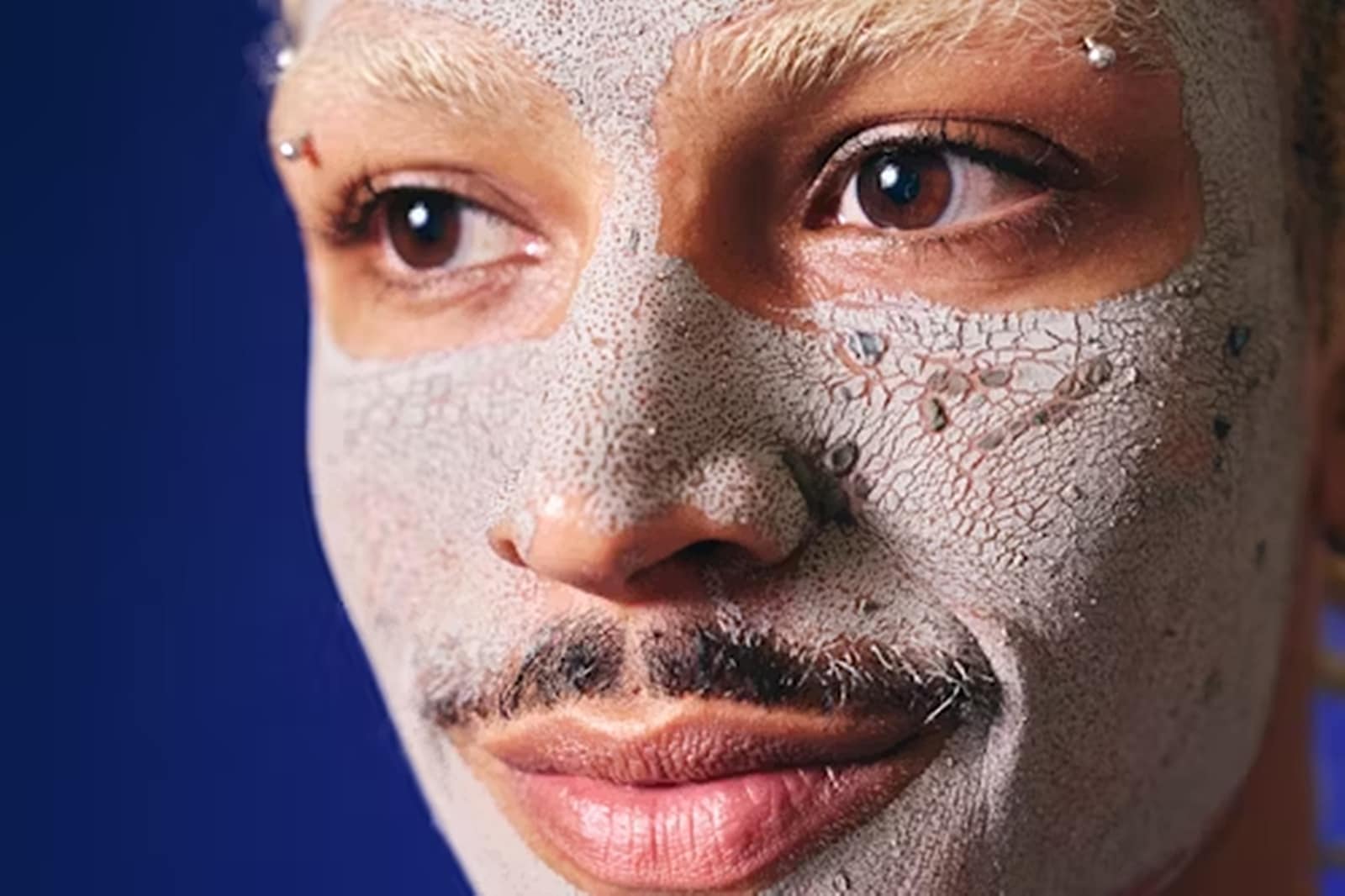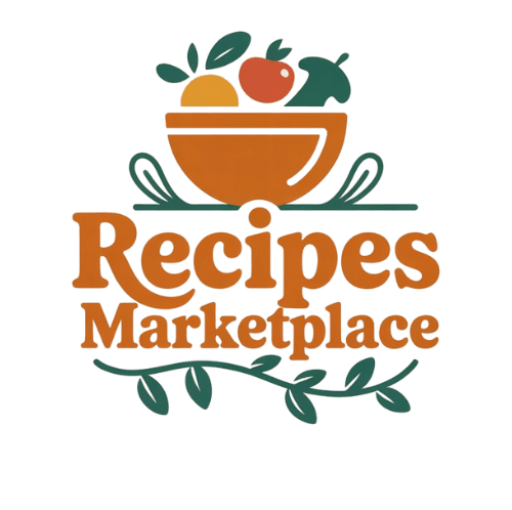Scroll through Instagram and you’ll find matcha everywhere, in various shapes and forms. For some, it’s God’s gift to taste buds, for others, it’s an acquired taste. But it’s not just in your cup anymore –matcha has invaded cleansers, creams, clay masks, and whatnot.
Walk down the skincare aisle at your local beauty store and you’ll see it: labels that read like café menus. Matcha clay masks. Turmeric glow drops. Latte blush sticks. Food is skin and vice versa.
But how does something that starts off as a tea ceremony darling or viral brunch trend end up in your moisturiser or highlighter? And is this really all new?
The rise of matcha as a beauty ingredient
The meteoric rise of matcha in the beauty industry mirrors its trajectory in the wellness culture. One moment, it was a health-conscious swap for espresso; the next, it was the hero of hydrating cleansers. Its transition from teacup to toner is in its chemistry.
“Matcha is rich in catechins,” explains Dr Mandeep SinghHOD of Plastic Dermatology and Cosmetic Surgery at Paras Health, Gurugram. “These are potent antioxidants that combat oxidative stress, soothe irritation, and calm inflammation. When matcha went viral in the food space, it had already proven itself beneficial for internal health. That halo effect made it an ideal crossover for skincare.”
A 2021 study on ResearchGate backs this up, noting that matcha catechins are heat-stable and effective at neutralising the reactive oxidative species responsible for premature ageing.
And matcha is far from alone.
From manuka honey to cold-pressed olive oil, edible ingredients are taking over vanities. Dr Singh attributes the trend to familiarity: “It’s easier for consumers to trust ingredients they already consume.”
The aesthetic appeal of glazed skin and latte makeup
But not all food trends in beauty are about what’s in the bottle. Some are about what the bottle represents.
Story continues below this ad
Enter “latte makeup” and “glazed doughnut skin”, viral trends that evoke rich, creamy tones and luminous, dewy finish, as if you belong in a softly lit Pinterest post.
 “Gen Z is not just consuming beauty trends, they’re creating them,” says Dr Singh. “They are redefining skincare as lifestyle, not just grooming.” (Source: Unsplash)
“Gen Z is not just consuming beauty trends, they’re creating them,” says Dr Singh. “They are redefining skincare as lifestyle, not just grooming.” (Source: Unsplash)
“These trends are more about the mood than the material,” says Dr Rashmi Aderao, Dermatology Consultant at Ruby Hall Clinic, Pune. “They take inspiration from how a latte makes you feel –– warm, soft, indulgent. Or how a doughnut looks — glossy, sweet, flawless. It’s a language of visuals, not ingredients,” she said.
That language thrives on platforms like TikTok, Instagram Reels, and Pinterest. Bite-sized, vibe-led content that’s infinitely shareable. The term “glazed doughnut skin” was made famous by Hailey Bieber’s skincare routine. It quickly became shorthand for plump, high-shine, healthy skin. Basically skincare that looks edible.
“The difference,” Dr Mandeep Singh elaborates, “is function versus aesthetic. Matcha or turmeric serve a physiological purpose. But latte makeup is an Instagram-ready identity.”
Story continues below this ad
Gen Z is also driving the trend
No one understands the “language of looks” like Gen Z. With their TikTok fluency and skincare-literacy, they are curating online personas as easily, or rather, dedicatedly, as parents do the interiors of their homes. And they want their routines to look good on camera.
“Gen Z is not just consuming beauty trends, they’re creating them,” says Dr Singh. “They are redefining skincare as lifestyle, not just grooming.”
Dr Aderao concurs: “While many of them continue to prefer minimalist, skin-first beauty, they’re also highly visual curating their online personas and gravitating toward trends that photograph beautifully and fit within a broader lifestyle narrative.”
The ancient roots of a modern movement
It might look new, but this fusion of food and beauty isn’t a recent innovation. For many cultures, especially in India, it’s simply second nature.
“Our grandmothers used haldi for blemishes, curd for exfoliation, besan for cleansing,” according to Dr Sarita Sanke, Head of Cosmetology and Dermatology at Yashoda Superspeciality Hospital, Kaushambi. “What used to be passed down by mothers is now circulated via influencers. A homemade turmeric mask is now a YouTube tutorial. A kitchen remedy becomes content.”
Story continues below this ad
This decentralised, democratised approach to beauty, where anyone can launch a trend, has accelerated how quickly ingredients make the leap from pantry to product.
Turmeric, for example, has been studied in over 18 clinical trials, with data confirming its ability to treat acne, eczema, hyperpigmentation, and even psoriasis.
Golden (turmeric) milk became a Western wellness trend before turmeric serums showed up on Sephora shelves. “Beauty brands are tapping into a knowledge system that predates them,” says Dr Rashmi Aderao. “They’re not inventing, they’re reintroducing, often with a scientific spin.”
Mapping the evolution of these trends means looking in three directions at once: backwards (to cultural traditions), outwards (to digital communities), and forwards (to biotech and brand strategy). The lifecycle of a trend might now start with a viral video of matcha lattes, get adapted by beauty influencers into makeup looks, and end up as a product line in a luxury skincare brand.
And these trends remind us that sometimes, the best beauty secrets don’t originate in a lab, they’re discovered in your kitchen.

